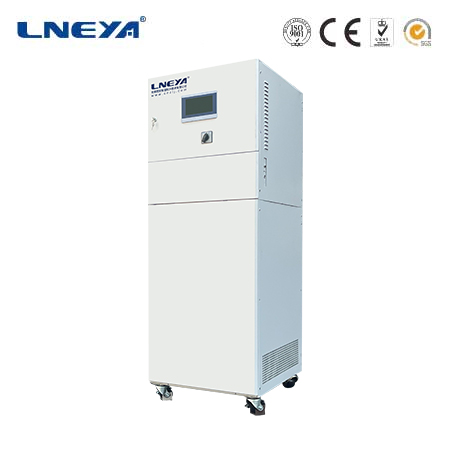testing of sensors
Introduction to Testing of Sensors
Sensors are ubiquitous in modern technology, used in a wide array of applications from consumer electronics to industrial automation. The testing of these sensors is essential to guarantee their performance, safety, and reliability. This article delves into the principles, standards, methods, and trends in sensor testing, providing a comprehensive understanding of this critical process.

Principles of Sensor Testing
Sensor testing is based on the science of measurement, known as metrology. It involves the determination of physical parameters of technical systems using various sensor methods. The goal is to ensure that sensors can accurately measure what they are intended to, whether it be temperature, pressure, motion, or any other physical quantity.
Sensor Testing Standards
Sensor testing adheres to various standards that dictate the methods and tolerances for testing. These standards ensure consistency and reliability in the testing process. They also define the performance criteria that sensors must meet to be considered fit for their intended use. Compliance with standards is crucial for the sensor testing market, as it impacts the quality and safety of the final products in which the sensors are used.
Methods of Sensor Testing

Sensor testing methods can be broadly classified into destructive and non-destructive testing (NDT). Destructive testing involves methods that damage or destroy the sensor to evaluate its properties, while NDT allows for the evaluation of sensors without causing harm. NDT methods, such as ultrasound, X-ray, and magnetic particle testing, are increasingly being adopted in the sensor testing industry due to their ability to inspect and analyze sensor components and functionality without compromising their structural integrity.
Industry Trends in Sensor Testing
The integration of automation and AI into sensor testing is revolutionizing the industry by enhancing efficiency and accuracy. Automation streamlines the testing process, reducing human errors and accelerating throughput. AI-powered algorithms can analyze vast datasets generated during testing, thereby improving data interpretation and anomaly detection. This trend drives the adoption of advanced sensor testing solutions, attracting manufacturers that seek precise and high-throughput sensor testing for use in various applications.
Challenges in Sensor Testing

One of the significant challenges in sensor testing is the increasingly stringent accuracy requirements. As sensors become integral to critical applications, such as autonomous vehicles and medical devices, the margin for errors diminishes. This necessitates the use of advanced testing methodologies and equipment capable of detecting minuscule deviations to ensure that sensors consistently provide precise data. Achieving this high level of accuracy requires substantial investments in technology and expertise, making it a significant challenge for sensor testing providers.
Economic Implications of Sensor Testing
The sensor testing market is influenced by economic factors, particularly in the consumer electronics industry. With consumers demanding more advanced and accurate sensors in their devices, manufacturers must ensure the reliability and precision of these sensors through rigorous testing. This trend fuels the demand for specialized sensor testing solutions and services as manufacturers strive to deliver high-quality, reliable, and competitive products in the fast-paced consumer electronics market.
Conclusion
Testing of sensors is a critical process that ensures the functionality, safety, and reliability of sensors in various applications. By adhering to established principles and standards, employing advanced testing methods, and embracing industry trends such as automation and AI, the sensor testing industry can meet the growing demands of high-precision sensor applications. Understanding the challenges and economic implications of sensor testing is essential for stakeholders to make informed decisions and maintain a competitive edge in their respective markets.
Related recommendations
What temperature sensors are commonly used for lab water chiller?
1292What temperature sensors are commonly used for lab water chiller? Generally speaking, the temperature sensors used in laboratory chillers mainly include the following types: 1. T...
View detailsheat and cooling units
378Introduction to Heat and Cooling Units Heat and cooling units are devices designed to regulate indoor temperatures, providing comfort and maintaining optimal conditions for various activities. ...
View detailsair cooled water chillers
322Air Cooled Water Chillers: A Comprehensive GuideAir cooled water chillers are essential cooling systems widely utilized across various industries and applications. These chillers operate by using...
View details40 ton air cooled chiller
291Working PrincipleThe 40 ton air cooled chiller operates on the vapor-compression refrigeration cycle, which involves four main stages:Compression: The compressor takes in low-pressure, low-tempe...
View details
 LNEYA Thermal Test Chillers
LNEYA Thermal Test Chillers






HelloPlease log in